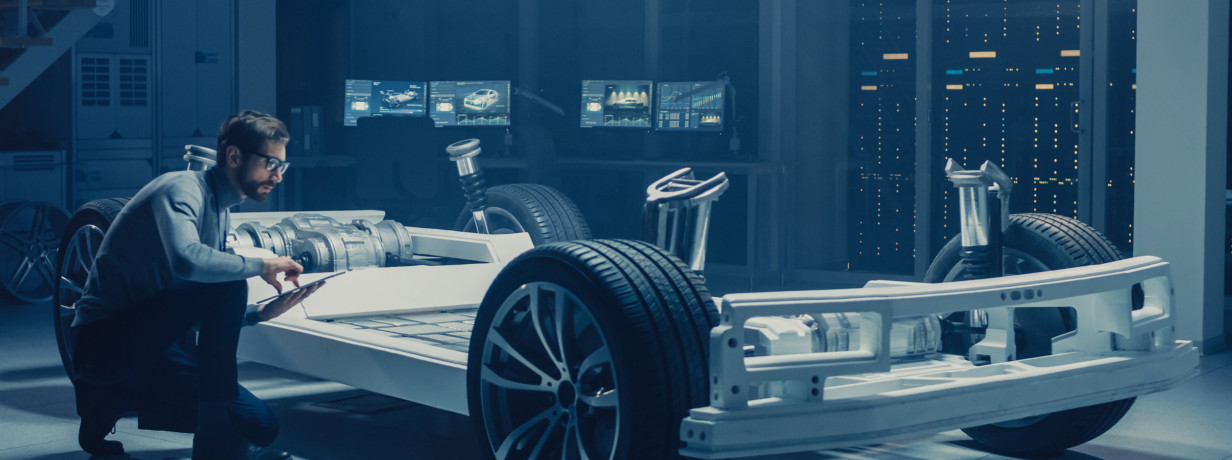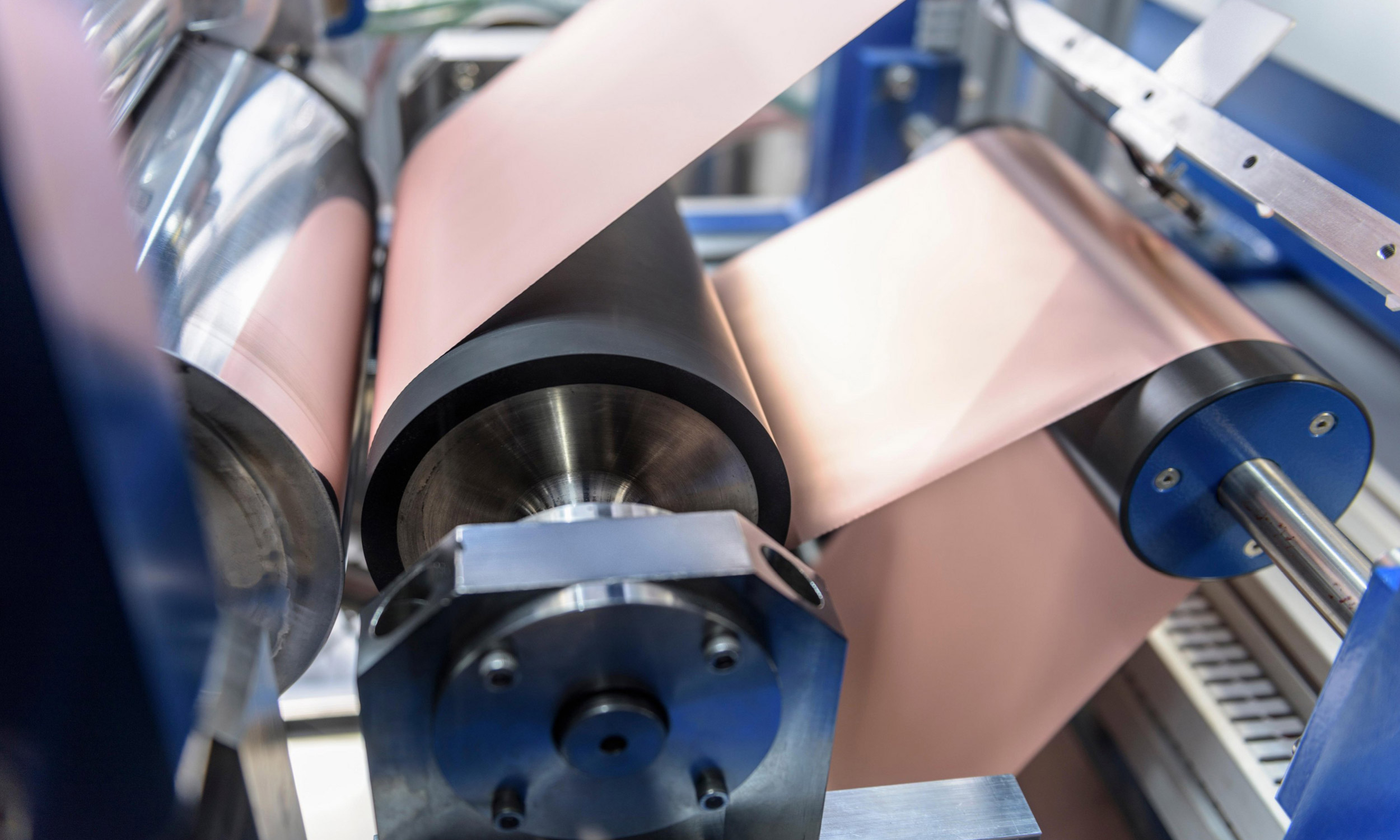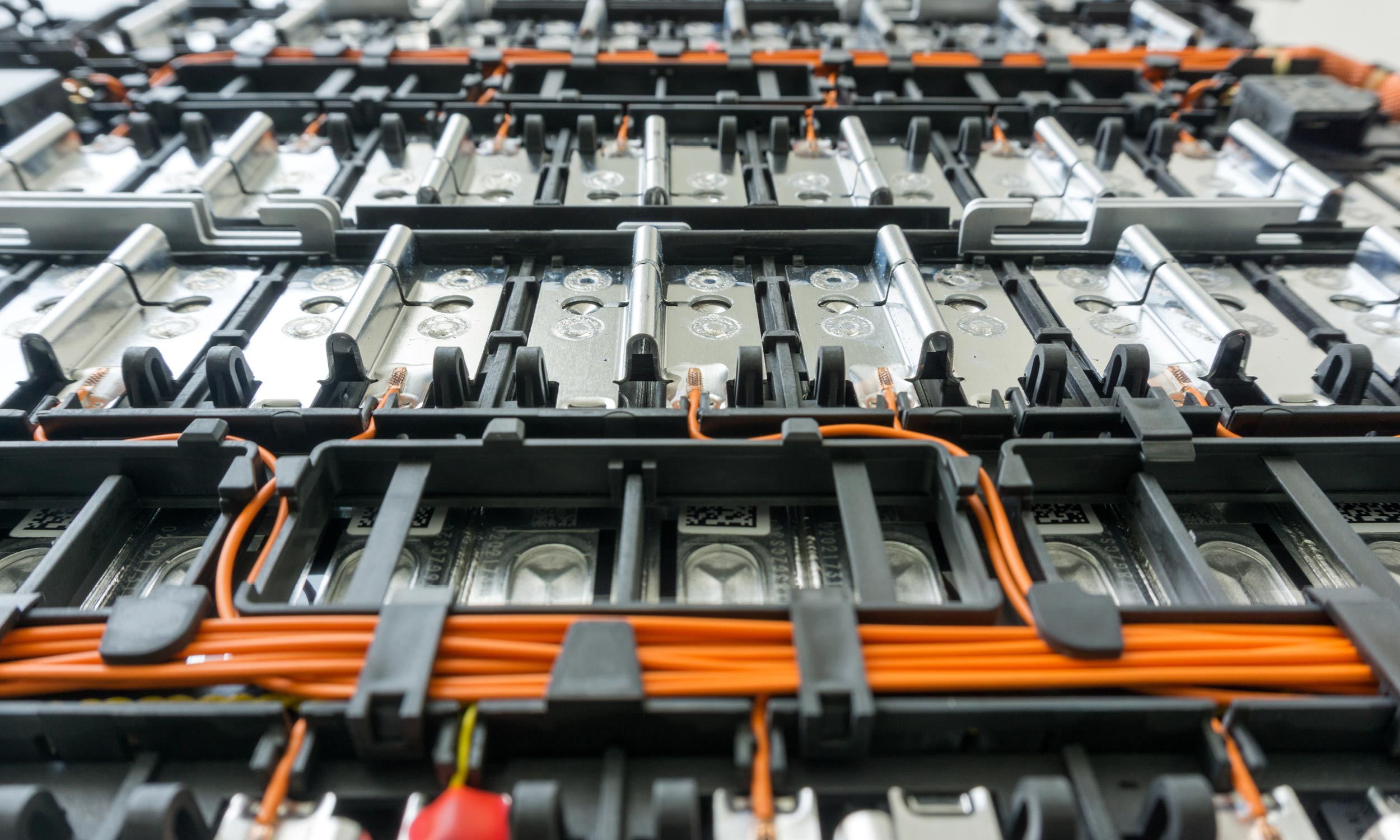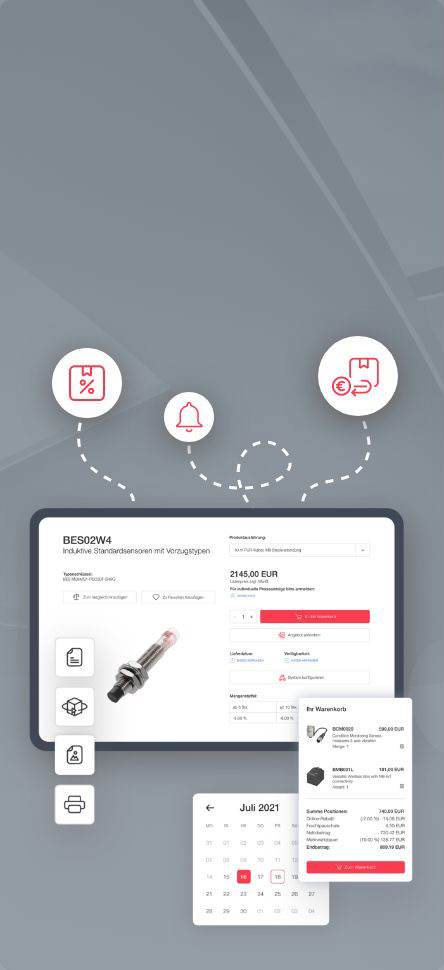03.05.2022
Big, bigger, giga
The battery is playing a fundamental role in the mobility revolution. Whether purely electric, hybrid or fuel cell, it is impossible to imagine electric cars without the drive battery. In order to manufacture the battery cells economically, a high degree of automation and flexibility are essential.

The mobility revolution is in full swing and with it the development of electromobility, which is often described as the key to this transformation. In 2020 alone, 3.2 million new electric cars were registered worldwide. This is an increase of more than 37 percent compared to the previous year. The issue is also being driven forward politically. More and more countries are adopting specific phase-out dates for the internal combustion engine. As a result, the production of the required battery cells is increasingly coming into focus. Battery cell production accounts for a significant proportion of the value added in the production of electric cars. “The economic and political goal is to also produce battery cells in Europe and North America in the future. This will only be possible through high economies of scale and consistent digitalization of the value chains,” explains Bernd Klotz, director of global account development at Balluff. The word “Gigafactory” is therefore on everyone’s lips. This is the term used to describe production facilities of huge proportions for the manufacture of battery cells. They are characterized by state-of-the-art production technology. In this context, “giga” also stands for the output of the batteries produced: Each year, these plants produce battery cells with several gigawatt hours of power.
Complex manufacturing process
The production of battery cells is a highly complex process. Coating, drying, calendering, stacking, winding, welding and electrolyte filling – various parameters and quality characteristics must be reliably maintained during all of these production steps. Balluff offers various automation solutions that are specifically tailored to the requirements in battery cell production. “We help our customers to consistently optimize all process steps and digitize them as needed,” says Klotz.
Mixing
At the beginning of battery cell production, pastes – known as slurries – are produced from active materials, conductive additives and solvents and binders. The slurries are applied to the front and back of a foil and form the anode and cathode of the battery cell. The feeding systems of the required raw materials and also the raw materials themselves must be clearly identified. This ensures that the pastes are produced according to the recipe. “For the identification of the raw materials, we offer various solutions ranging from handheld readers to RFID systems, which identify the relevant raw materials without contact,” explains Klotz. To ensure that the mixing process runs smoothly, condition data such as the vibration or temperature of the mixer or any other battery production equipment is recorded via condition monitoring sensors and passed on via IO-Link to a higher-level system that sounds the alarm if limit values are reached.

Coating
In the next step, the carrier foils, which can be up to nine meters wide, run over a complex system of rollers and are coated with the slurry via a nozzle or roller applicator. Before the copper and aluminum foil is coated, the roll holding the foil is identified. “If the wrong carrier foil is used, this leads to high reject levels,” says Paul McLachlan, global account development automotive at Balluff. “To avoid this, our RFID solutions in the ultra-high frequency range, among other products, are suitable for longer ranges and automatic detection of multiple rolls at the same time.” To ensure that there is always enough material available for the coating process, optical distance sensors monitor how much carrier foil is left on the roll. As the foils pass over the roller system, fork sensors measure the web edge position of the foils to ensure straight belt travel. To ensure optimum tension on the rolls, inclination sensors measure the angle of the dancer arm, which controls the unrolling speed. Machine vision systems are typically used to monitor the coating process. “Our industrial cameras quickly generate perfect images that can then be further processed,” says Manuela Gruber, global account development automotive at Balluff. After coating, foil is fed through a dryer.
Calendering
The cooled and coated foil is now guided through several rotating pairs of rollers. The resulting pressure compresses the coating. This process is called calendering. To compact the copper or aluminum foils coated on both sides, the movements of the calender rollers must be executed precisely. If the two rollers press too hard, the required coating thickness is not achieved. Position measuring systems from Balluff control these movements of the calender and thus ensure optimum and constant pressure.
Stacking and winding
In the next step, the finished electrodes are further processed into battery cells in highly automated production lines. To produce a rectangular pouch cell, the punched out surfaces are stacked. For round cells or prismatic cells, the layers are wound. There must be no double layers of anode or cathode and the individual layers must always lie exactly on top of each other. This makes the positioning accuracy of the anodes, cathodes and the separators in between a central quality criterion.

Cell assembly
The finished electrode stacks are then connected to the contacts and inserted into the respective housing. The cells are then closed via a contact seal or welding process. “Optical inspections ensure that the correct cells are assembled,” says Gruber. “Our diffuse sensors support robots during automated battery module production, and RFID components meanwhile ensure seamless traceability of all process steps.”
Our broad product portfolio not only helps our customers to automate individual process steps, but also enables the end-to-end digitalization of the entire manufacturing process – even at gigascale levels.
Bernd Klotz, Director of Global Account Development Automotive
Climate-friendly and fully automated
Battery cell production has already reached a high level of automation. However, there is still potential for optimization. Balluff supports its customers on this path with precise, intelligent and networked solutions for the factory of the future. “We offer various future-proof concepts: From IO-Link for improved process quality or track-and-trace with RFID and industrial image processing through to data integration and processing with IIoT solutions,” Klotz summarizes. “Our broad product portfolio not only helps our customers to automate individual process steps, but also enables the end-to-end digitalization of the entire manufacturing process – even at gigascale levels.”

 Products
Products

